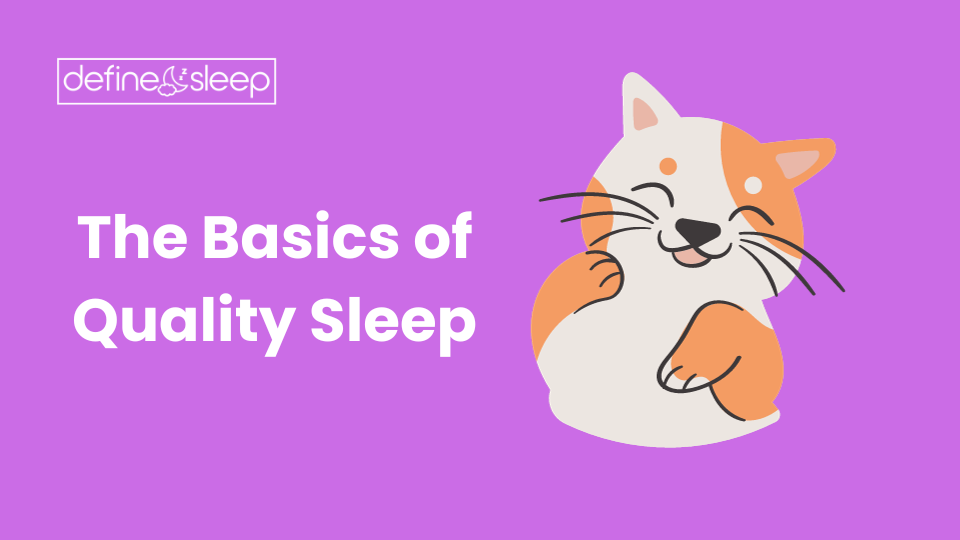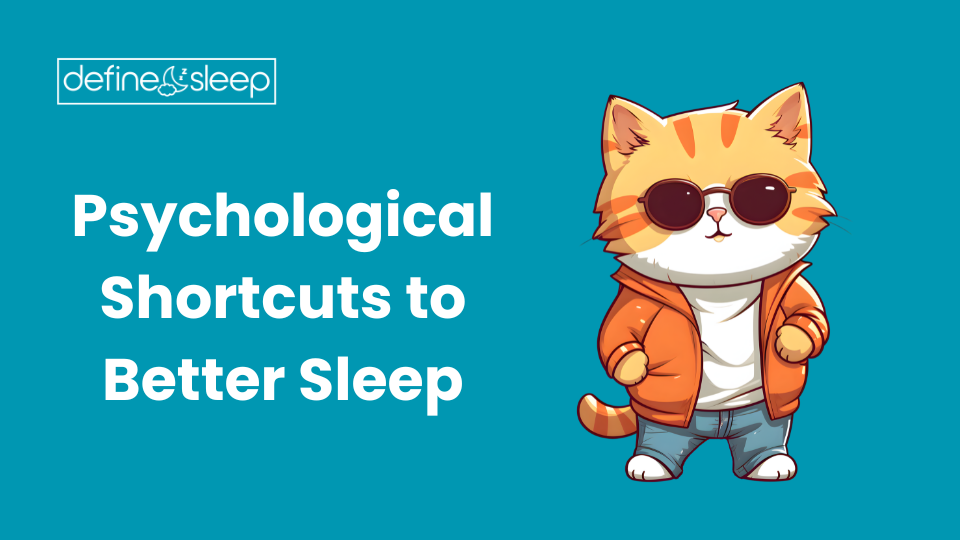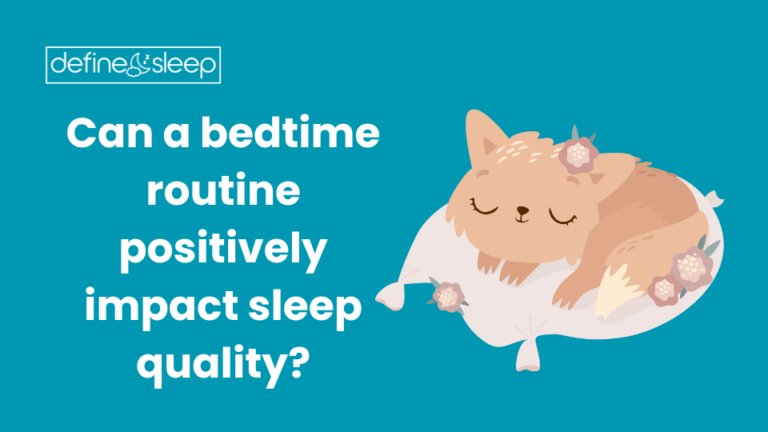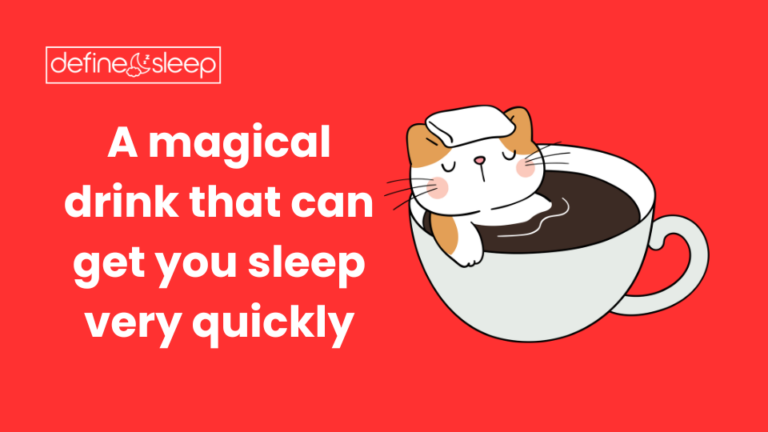In today’s fast-paced world, achieving a good night’s sleep can often feel like an elusive dream. Many factors contribute to our struggle with rest, from the demands of daily life to the stressors that keep our minds buzzing long after we’ve tucked ourselves into bed. Worry not if you find yourself yearning for better sleep; we’ve compiled a comprehensive guide to your best sleep shortcuts. From practical tips to psychological insights, we’ve got you covered.
1.1: The Basics of Quality Sleep

Before we delve into the shortcuts, it’s essential to understand the basics of quality sleep. The recommended duration for adults is around 7-9 hours per night, but the quality of sleep is just as crucial as the quantity. Here’s a breakdown of the fundamental elements that contribute to a restful night:
1. Create a Comfortable sleeping Environment
Your bedroom plays a pivotal role in the quality of your sleep. Keep it calm, dark, and quiet. Invest in a comfortable mattress and pillows that support your preferred sleep position.
2. Establish a Consistent Sleep Schedule
Go to bed and wake up simultaneously every day, even on weekends. Consistency reinforces your body’s natural circadian rhythm, making it easier to fall asleep and wake up naturally.
3. Limit Screen Time Before Bed
The blue light emitted by screens can interfere with the production of the sleep hormone melatonin. Aim to put away electronic devices at least an hour before bedtime.
1.2: Psychological Shortcuts to Better Sleep

Understanding the psychological aspects of sleep is vital to unlocking your best rest. Let’s explore some common interpretations related to psychology:
1. Overcoming Physical Abuse and Past Trauma
Individuals who have experienced physical abuse or trauma may find it challenging to relax and feel safe, hindering their ability to get a good night’s sleep. If this resonates with you, consider seeking support from a mental health professional. Techniques such as cognitive-behavioral therapy (CBT) can be particularly beneficial in addressing underlying issues and promoting better sleep.
2. Tackling Lack of Emotional Control
Emotional turmoil can significantly impact sleep. Incorporating relaxation techniques into your bedtime routine can make a significant difference if you struggle with dynamic control. Try deep breathing exercises, progressive muscle relaxation, or mindfulness meditation to calm your mind and create a conducive environment for sleep.
1.3: Practical Shortcuts for Quick Results

In addition to addressing psychological factors, implementing practical shortcuts can provide quick results for improved sleep. Here are some actionable tips:
1. Herbal Teas for Relaxation
Sipping on a cup of chamomile or valerian root tea before bedtime can calm the nervous system, making it easier to unwind and prepare for sleep.
2. Create a Bedtime Ritual
Establishing a consistent bedtime ritual signals to your body that it’s time to wind down. This could include reading a book, taking a warm bath, or practicing gentle yoga.
3. Limit Caffeine and Stimulants
Avoid consuming caffeinated beverages or stimulants in the hours leading up to bedtime. Opt for a calming herbal tea instead to promote relaxation.
4. Invest in Sleep-Friendly Technology
In the age of innovation, technology can be a powerful ally in your quest for better sleep. Several gadgets and apps are designed to enhance the quality of your sleep. Consider incorporating these sleep-friendly technologies into your routine:
1. Smart mattresses and sleep trackers:
Invest in an intelligent mattress or use sleep-tracking devices that monitor your sleep patterns. These tools provide valuable insights into the duration and quality of your sleep, helping you identify areas for improvement.
2. White Noise Machines:
If ambient noise disrupts your sleep, consider using a white noise machine. These devices emit soothing sounds that drown out disturbances, creating a peaceful environment conducive to restful sleep.
3. Smart Lighting Solutions:
Regulate your exposure to light using intelligent lighting solutions. Some devices simulate sunrise and sunset, helping regulate your circadian rhythm and promote a more natural sleep-wake cycle.
4. Blue Light-Blocking Glasses:
Combat the adverse effects of screen time by wearing blue light-blocking glasses in the evening. These glasses can reduce eye strain and minimize the disruption of melatonin production caused by exposure to artificial light.
5. Sleep-Inducing Apps:
Explore a variety of sleep-inducing apps that offer guided meditation, relaxation exercises, or calming bedtime stories. These apps can help ease your mind and create a tranquil atmosphere for a peaceful night’s sleep.
Incorporating these sleep-friendly technologies into your routine can enhance your overall sleep experience. However, it’s essential to strike a balance and use these tools mindfully, ensuring they contribute positively to your sleep hygiene.
Conclusion

Achieving your best sleep doesn’t have to be an unattainable goal. You can create a sleep routine that suits your needs by combining psychological insights with practical shortcuts. Experiment with different strategies, be patient with yourself, and remember that small changes can significantly improve your sleep quality. Sweet dreams await—it’s time to unlock your best rest.
Help From ChatGPT4




